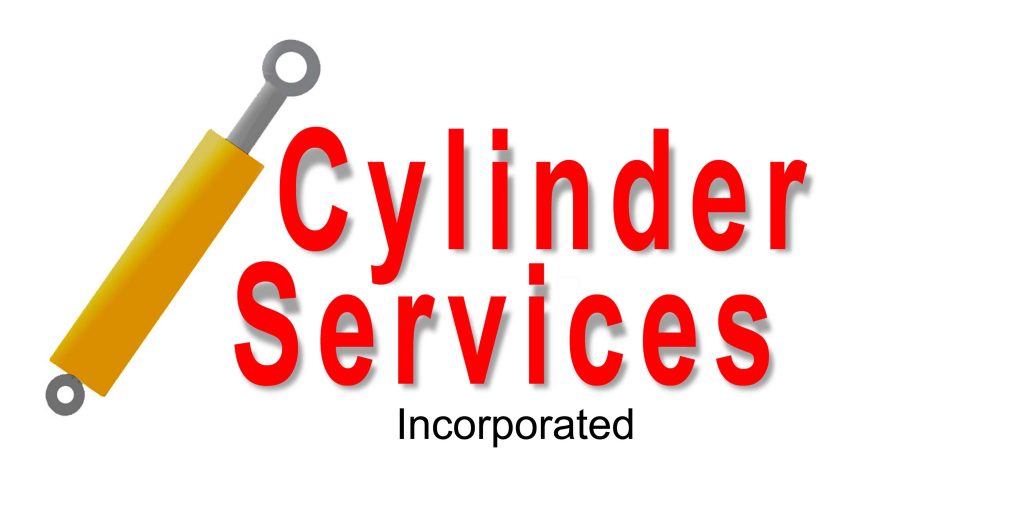We see lots of hydraulic pumps with lots of different problems. But there are several problems which are most common:
Long term wear: If a pump has thousands of hours of reliable work behind it, it may just wear out. The seals get hard, critical surfaces get worn down, bearings wear out. The symptoms will be gradually decreasing power, & increasing leakage. Such pumps may be rebuildable, but often are more economical to replace. And they probably don’t owe you anything!
Contamination: This is a more common cause of wear, and sometimes catastrophic pump failure. Abrasive dust from the air breathing in & out of the reservoir, rust particles from the inside of the tank when it sits unused, and wear particles from the pump and other components of the system are all sources of contamination. The symptoms are similar to long term wear: gradually decreasing power due to scored metal surfaces, burred gear teeth, parts worn until the clearances are too great. Hydraulic oil needs to be filtered by a fine (usually 10 micron) filter on the return side of the circuit. And the filter must be changed regularly. Tank breathers should also have some air filtering mechanism. Changing the filter element is usually more important than changing the oil.
Cavitation or Aeration: Cavitation is the “starvation” of incoming oil to the pump inlet. The pump wants to pull in more oil than the line from the tank will allow, due to a too-small or restricted suction hose, or to turning the shaft too fast. Small inlet hoses, inlet strainers, too many fittings, too much head lift are the common causes of cavitation. Oil which is too thick, especially when cold, is another common cause*. The increased vacuum on the incoming oil causes dissolved gasses to become bubbles, similar to a bottle of soda when it is opened. The bubbles adhere to the metal surfaces in the pump and collapse violently when moved to the pressure side of the pump chamber. They gradually eat away the metal surfaces on the pressure side.
Aeration is a similar problem, the allowance of a stream of air bubbles into the inlet line through a small leak due to a hardened suction hose or loose or worn fitting. Sometimes small enough that they will not leak oil when the system is off. When the air bubbles move into the pressure side, they collapse and erode the metal the same as cavitation bubbles.
The symptoms will first be a whining noise, especially when the system is pressurized (loaded). It is sometimes mistaken for a bad bearing. The return oil may be foamy. In severe cases the tank may overflow with foamy oil. After the internal erosion is severe the pump will lose power.
Cavitated pumps may be rebuildable, but the system inlet problems must be fixed first.
*Let the oil warm up by running with no load and at a slower RPM if possible.
Overheating: This is an often-ignored cause of pump failure as well as other serious system problems. A hydraulic system produces heat and the oil absorbs it. The system also radiates heat, mostly from metal surfaces. The hotter it gets, the faster it radiates the heat so eventually the rate of radiation equals the rate of heat creation. If this temperature is over 180º F, bad things start to happen in the system. Seals get hardened and start to leak, hoses lose flexibility and crack, and the oil gets too thin to lubricate moving metal parts and they are scored or galled.
We recommend 150º F, measured on the tank, as a good maximum operating temperature.
The most usual means of insuring adequate heat radiation is by using a good sized reservoir. And using a too-small reservoir is often responsible for a too-hot system. The “rule of thumb” is to size the tank for one minute’s oil flow from the pump, i.e. for a 16 GPM pump, use a minimum 16 gal. tank. (The rule for industrial systems is 3 minute’s worth of oil.) For systems with heavy constant loads, especially driving hydraulic motors, more cooling capacity will be required. For example, bush hogs and gravel shakers. Heat exchangers (radiators) are often installed when a large reservoir cannot be used. But they must have a power source to drive the fan, often impractical on smaller systems. Systems used for less than 15 minutes and then allowed to cool can use small reservoirs.
Pumps used in an overheated system usually don’t last long. First they leak as the seals break down, and then the insides are worn and galled from lack of lubrication. Remember, your system doesn’t care how difficult or inconvenient it is for you to control the temperature! If it gets too hot, you will pay.
